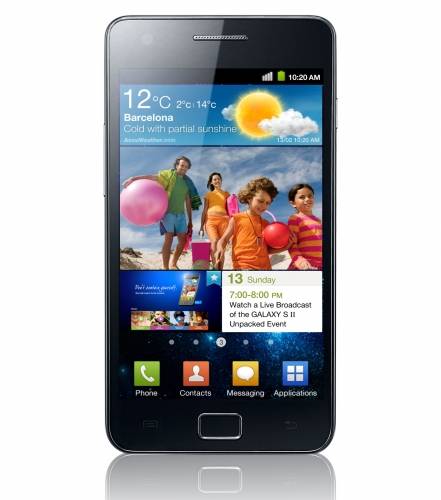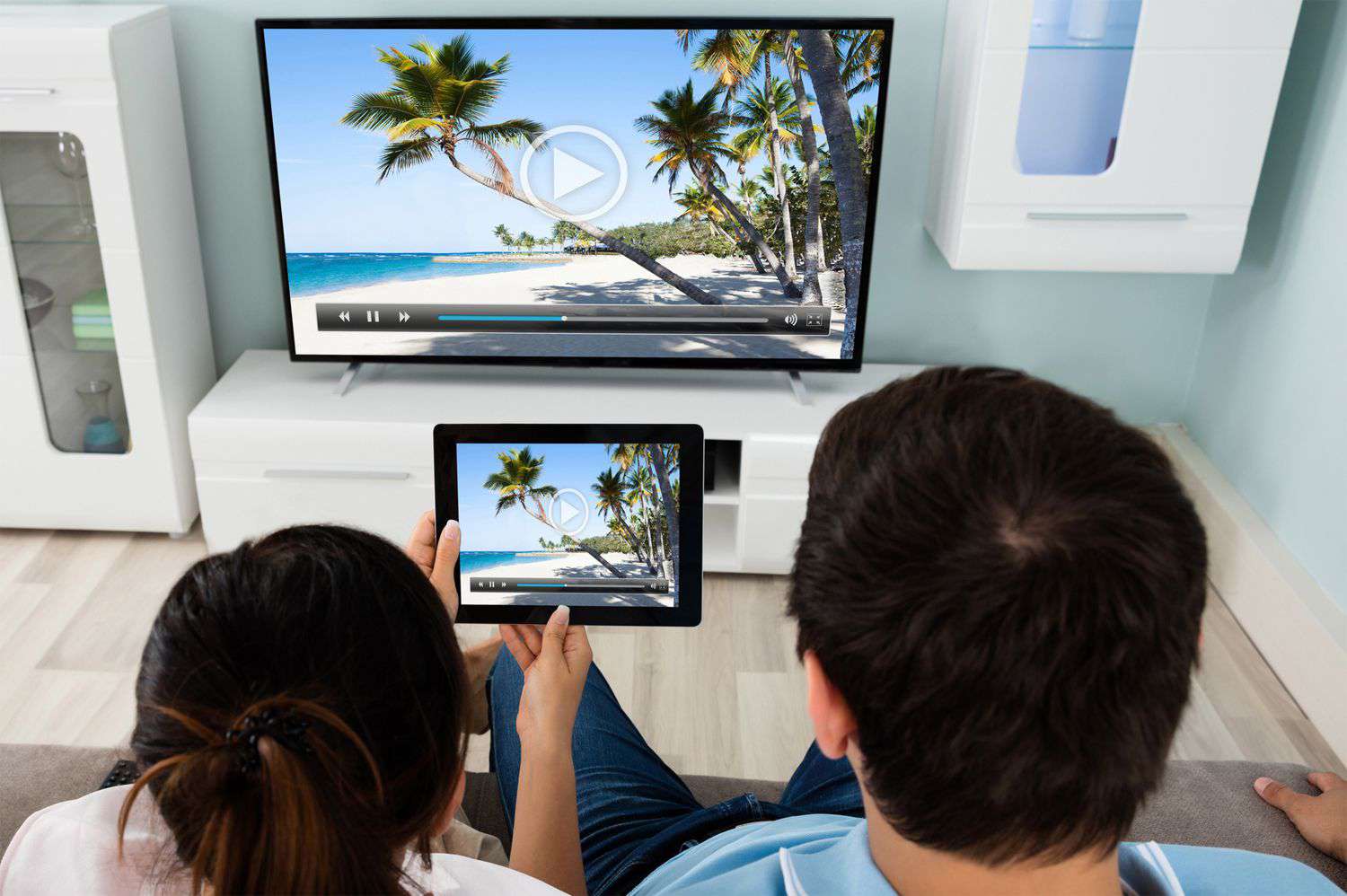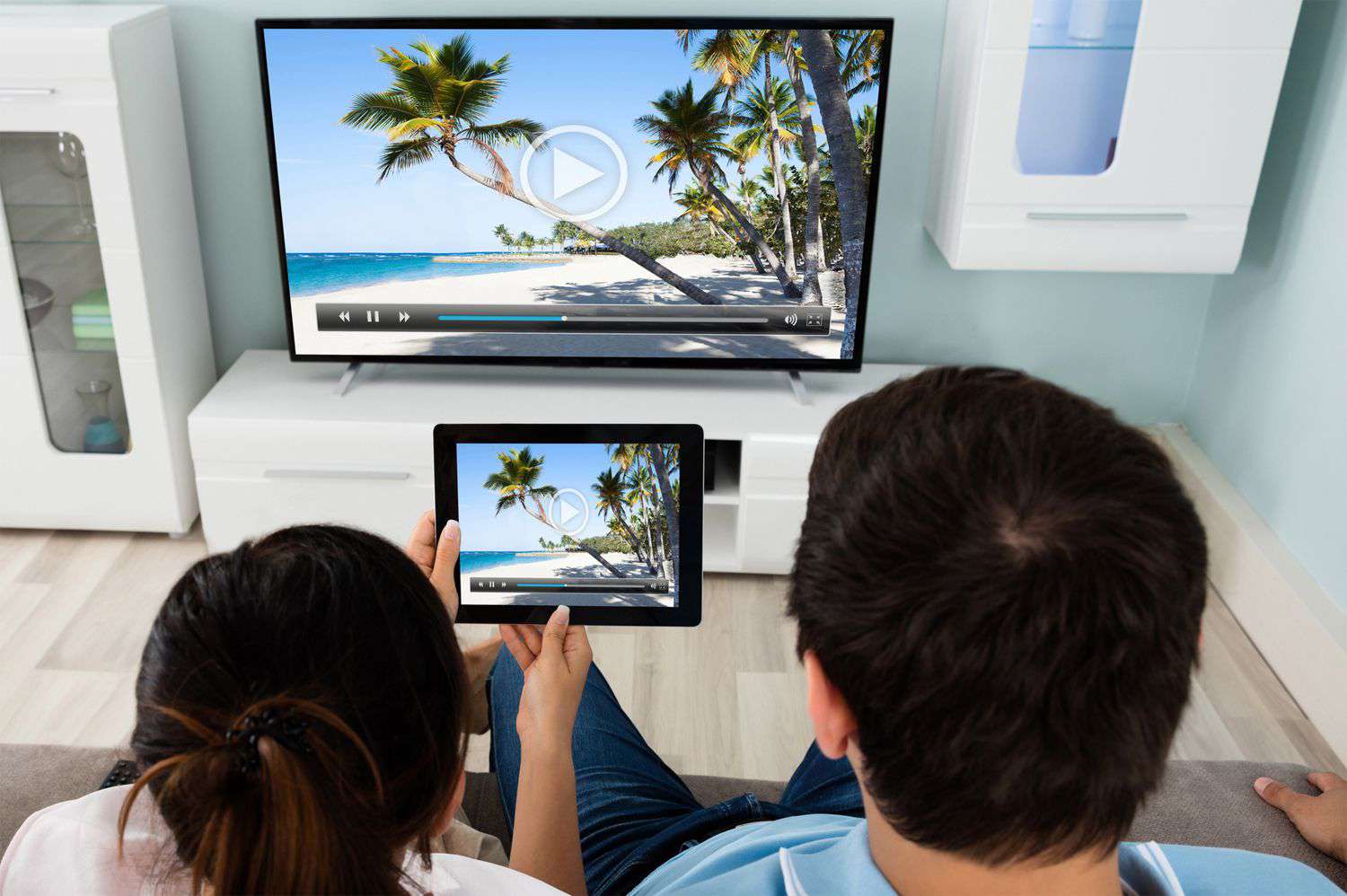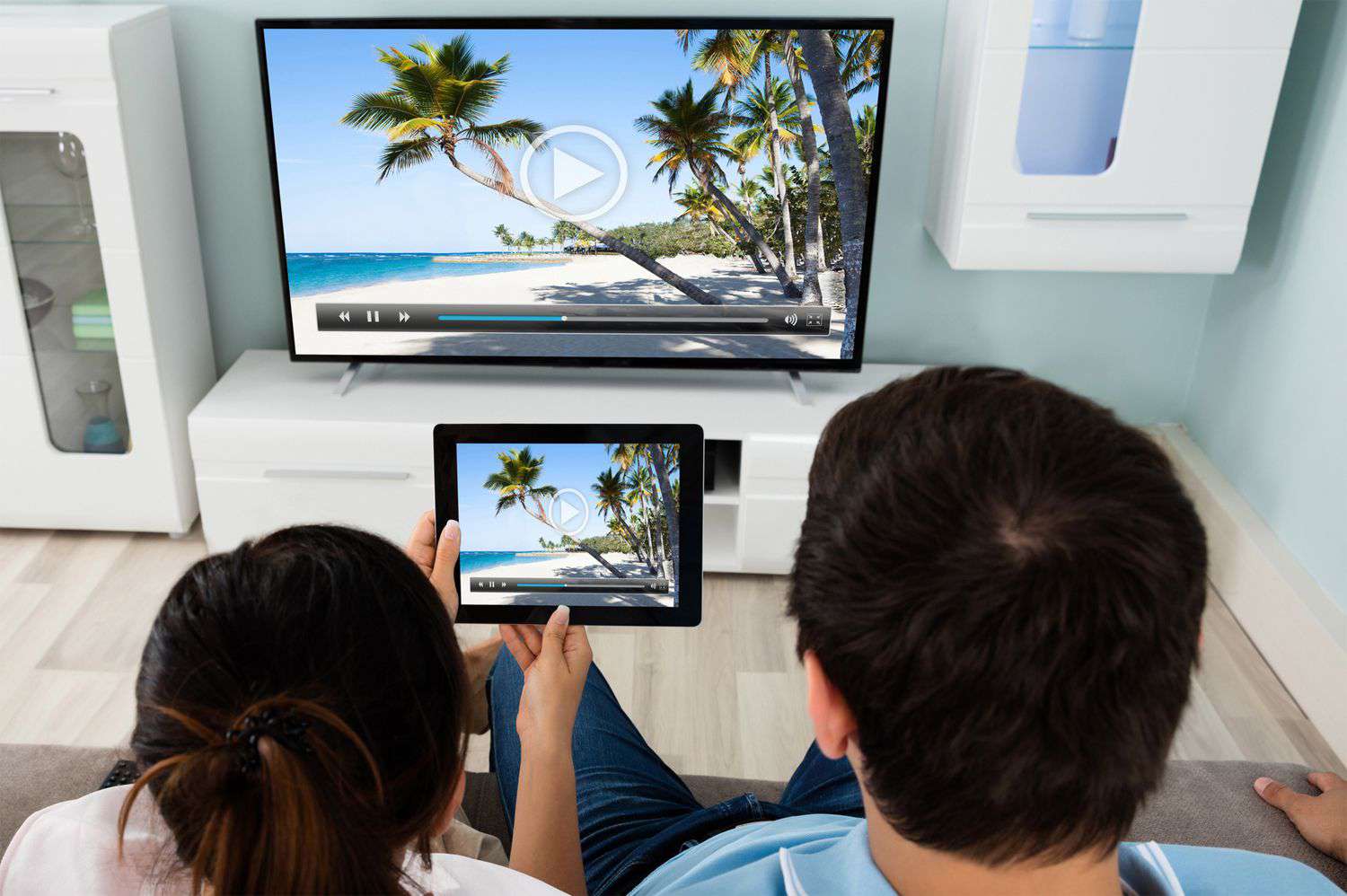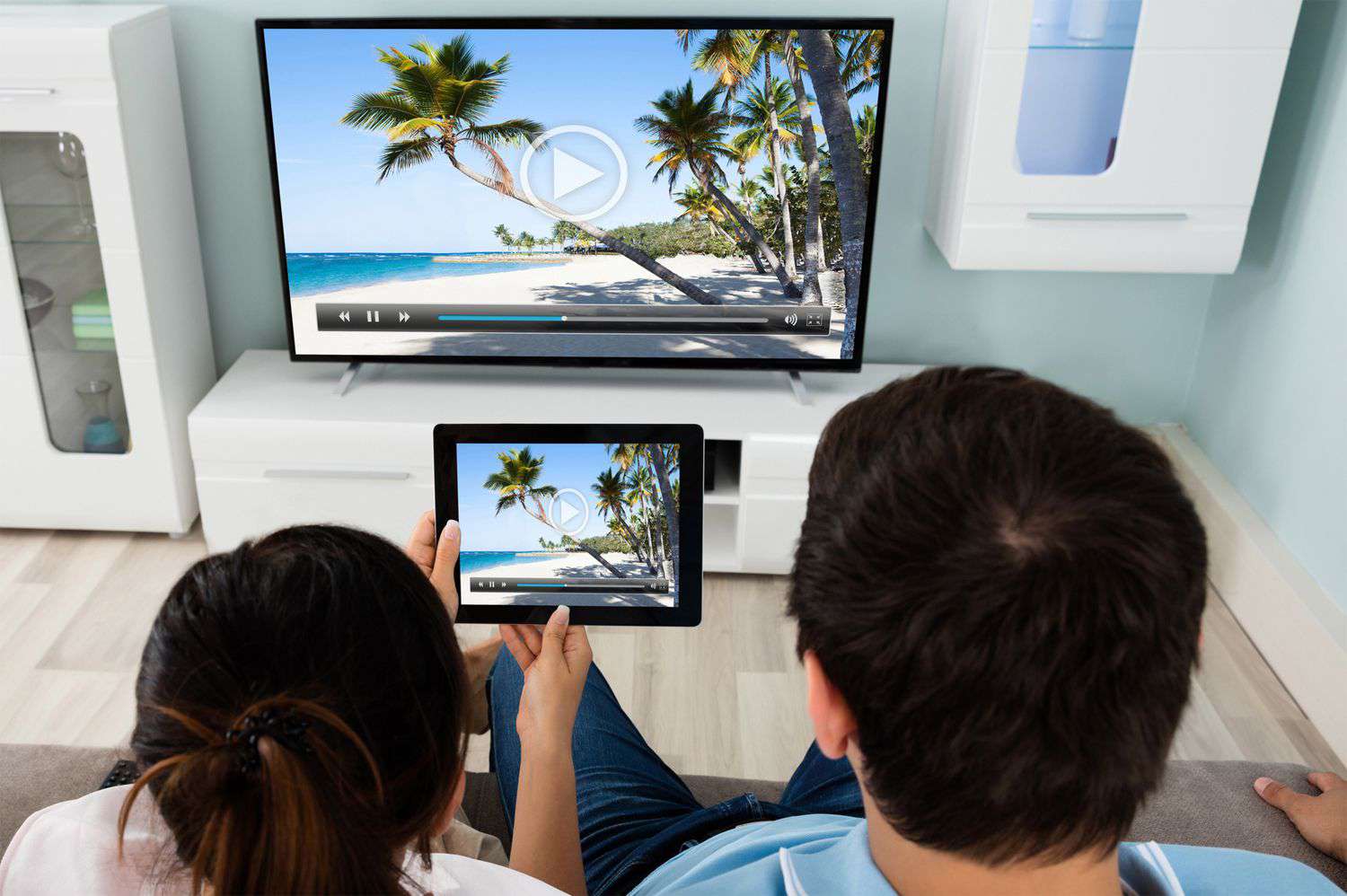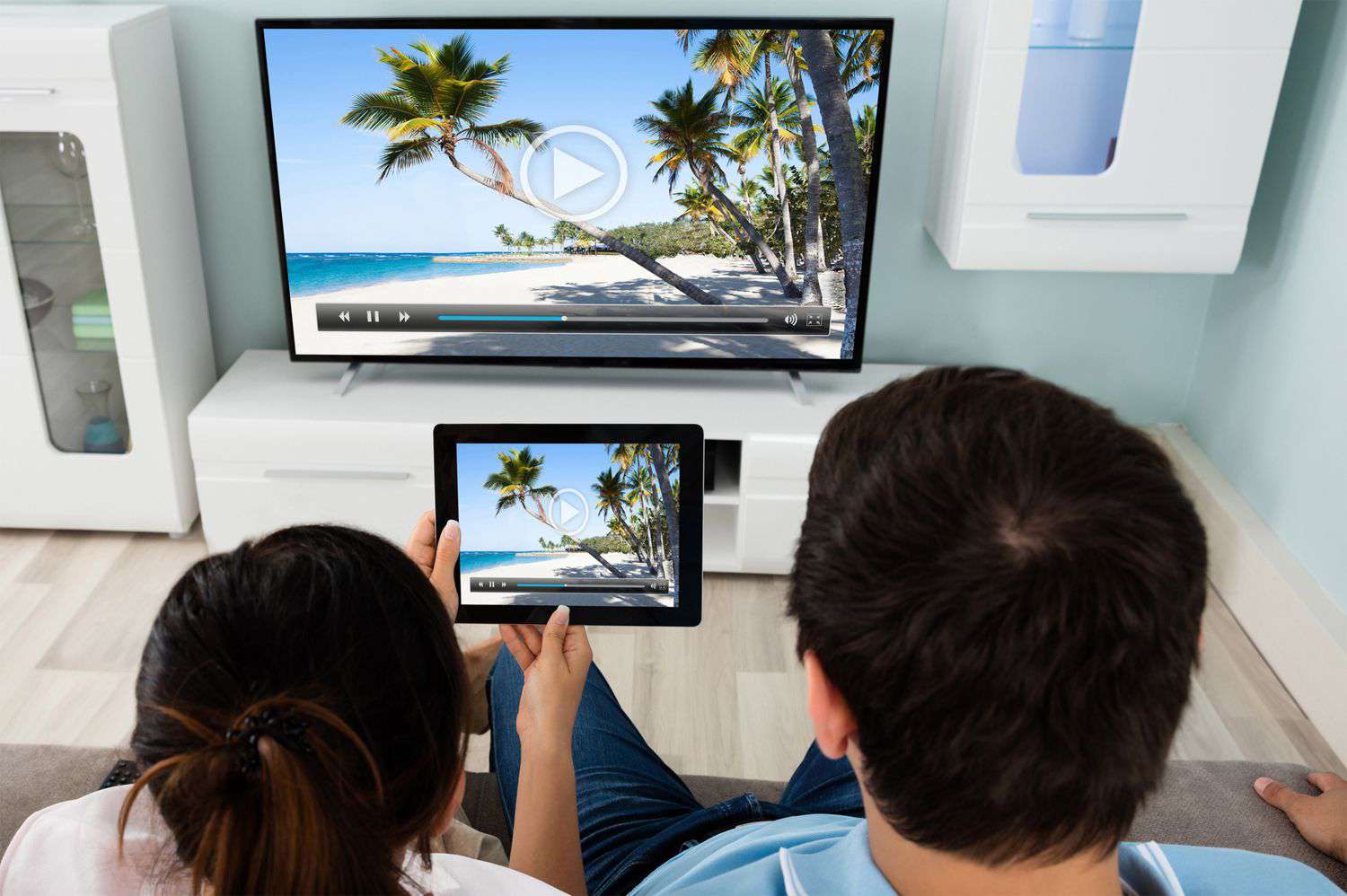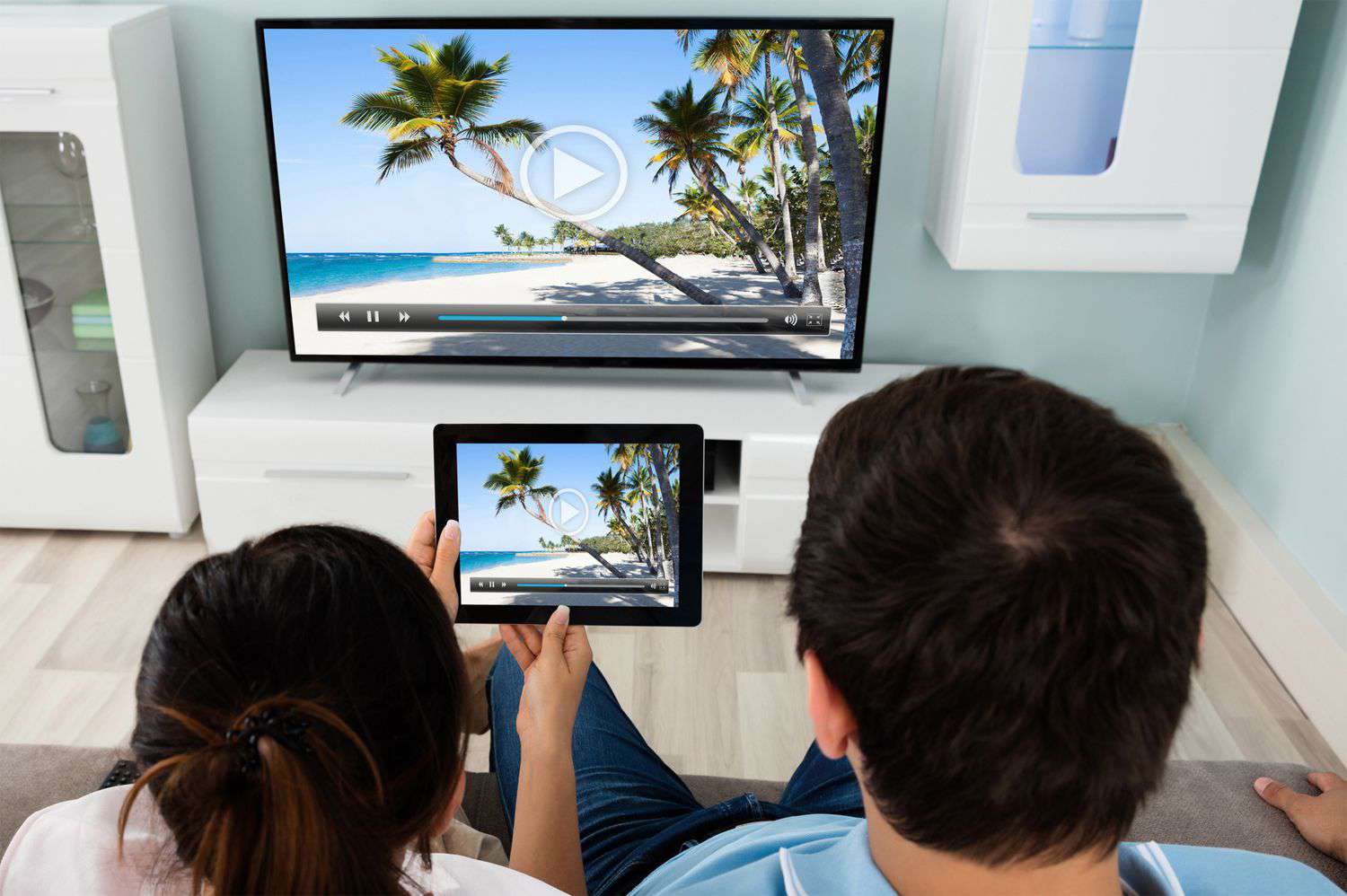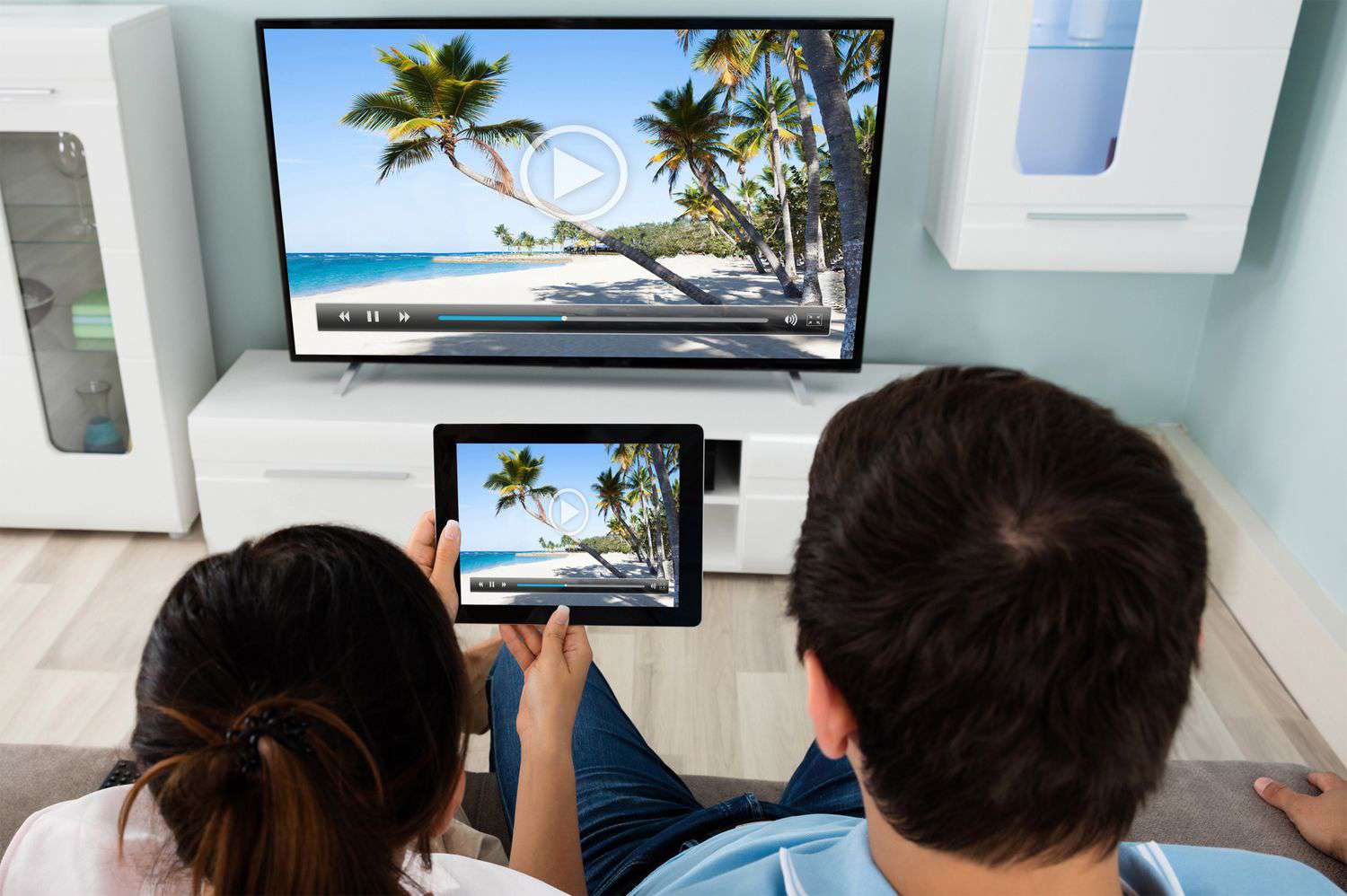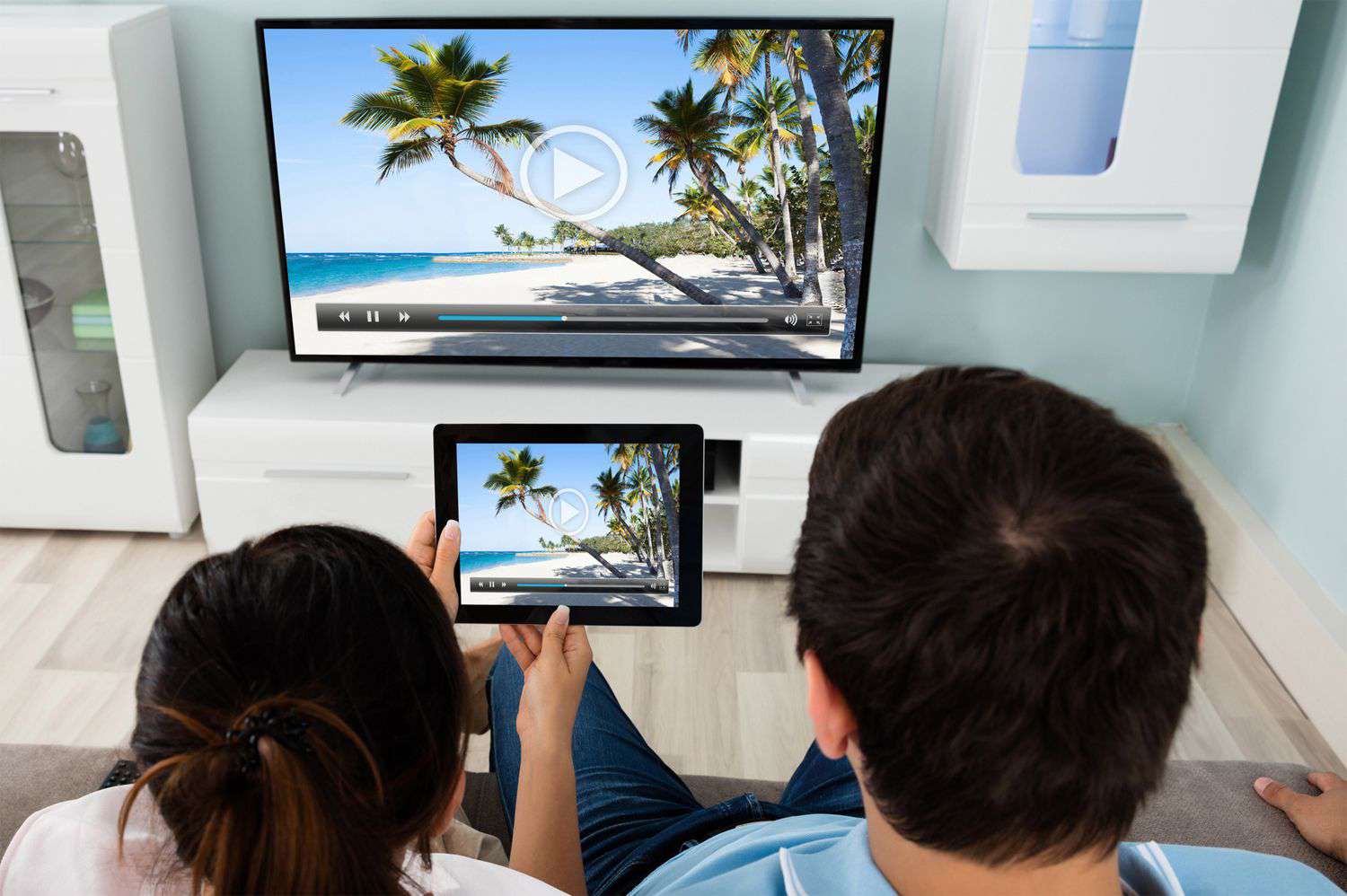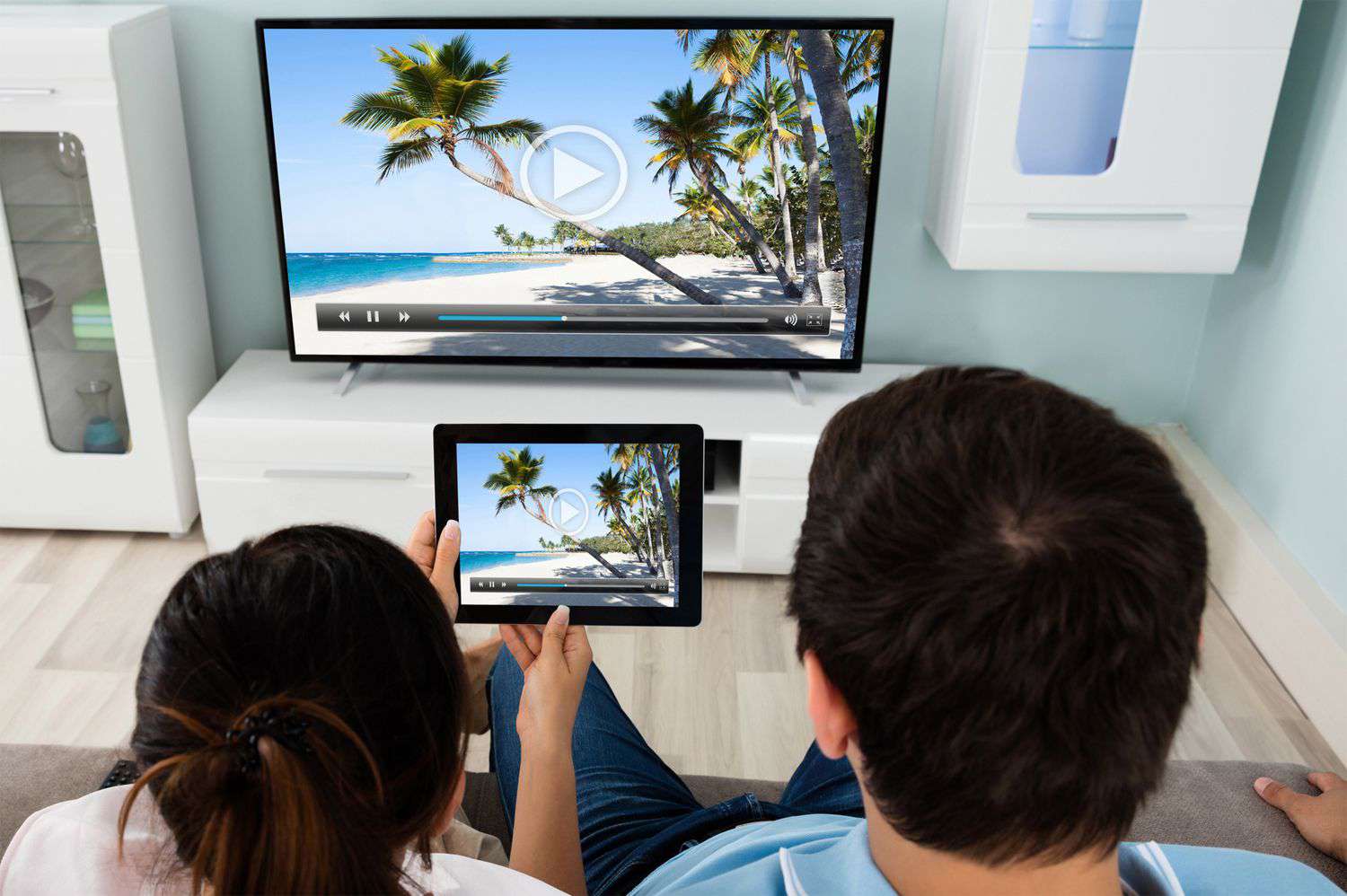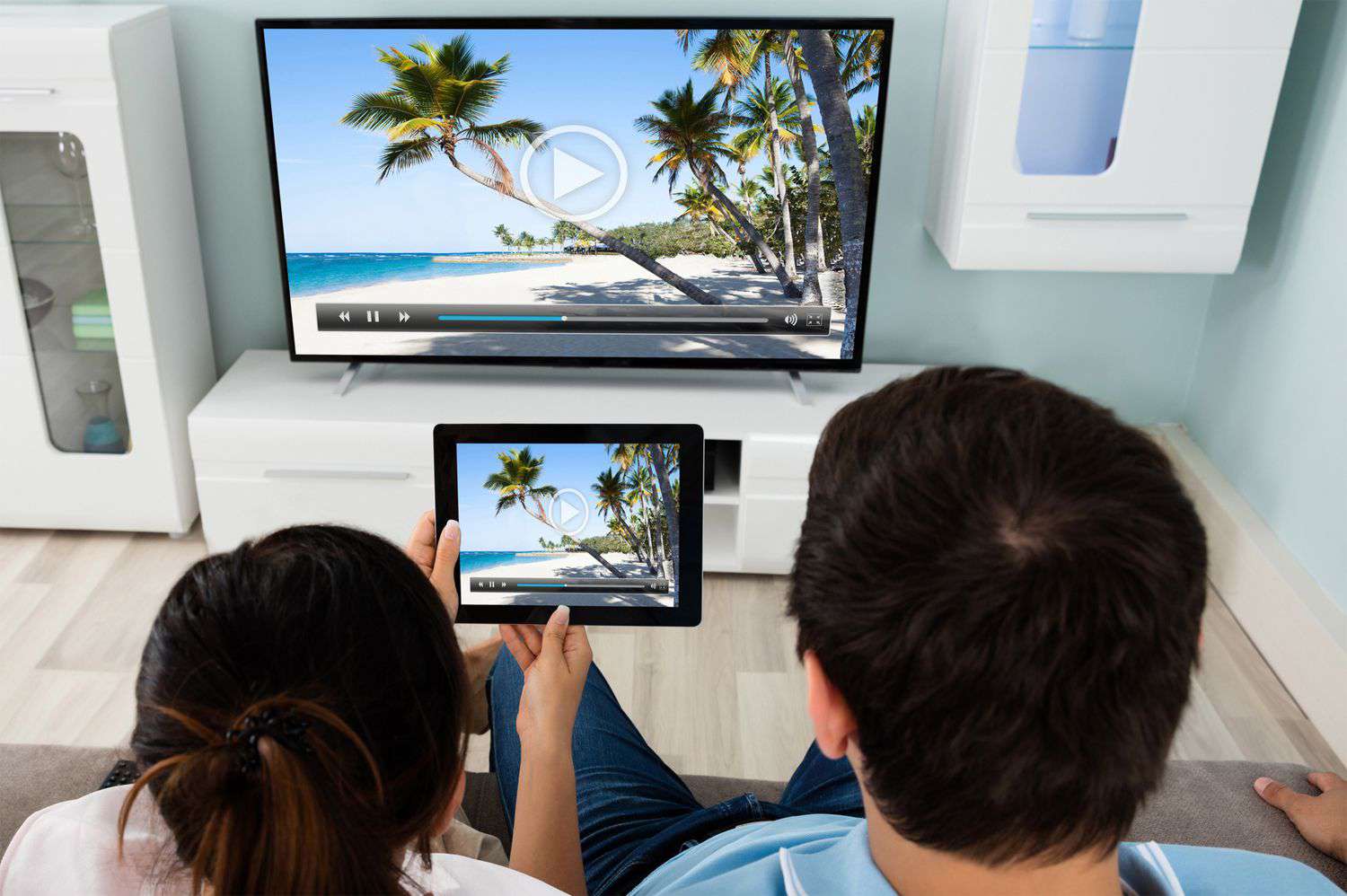
Windows Phone is the window that Nokia is staring earnestly at for its revival. The company that once dominated the mobile phone market had rapidly lost its market share to iPhone and Android phones at the higher end of the market and upstart players in the budget market. While the Finnish mobile phone giant is still the largest mobile phone manufacturer by numbers, its share in the smartphone market has taken a beating.
For a while Nokia worked on its Meego OS only to abandon it. The Nokia N9 will remain as the only MeeGo device. With its recently launched Nokia Lumia 800 and 710 Windows Mango phones, Nokia hopes to bring back its glory days. But can it?
I took a close look at the Nokia Lumia 800 to find some answers.
Hardware and styling
The phone comes packed in a small gift like box which includes the standard contents - a handset, charger, USB cable, an earphone, and paper manuals.
One look and you know that Nokia didn't bother too much in investing on a new design. The Lumia 800 looks like a N9 clone, albeit with a different soul.
The phone is sleek and looks handsome. My review unit was a matt black. The left side is completely expanse, while the right side is loaded and includes lock/power on and off button, volume rocker and a capture button.
On the bottom is the cleanly drilled speaker. Yes, only one. The top includes a 3.5mm socket, a flap for the micro USB port and a SIM card tray that accepts only micro SIM card (this means that you may need to ask your mobile service provider for a new SIM as your existing one may be incompatible, or if you are more adventurous you can chop your SIM to convert it into a micro SIM).
The micro USB flap opens when it is pressed from the one side and the SIM card tray can be taken out only when the flap for the micro USB port is open. It might sound a bit troublesome, but given that I don't swap SIM cards every day, this doesn't seem to be too much of a hassle. However, the flap that covers the micro USB part looks delicate and chances are you may accidentally break it.
For a phone of its segment, I was disappointed by the absence of a front-facing camera. Also, as I love notification LEDs, not finding one on the Lumia 800 was a minor disappointment.
On the back is an 8 megapixel auto focus camera with Carl Zeiss optics and dual LED flash. Weighing 142g, the phone is slightly heavier than Nokia N9 that weighs 135g. But in terms of thickness, both are equally thick at 12.1mm. However the HTC Radar, which also runs the same OS, is both lighter and thinner than the Nokia Lumia 800.
Something else that was annoying was that when I plugged in a totally drained out Lumia 800, it just didn't display whether it was charging itself or not. Users shouldn't be left guessing.
Display
The phone has a curved 3.7-inch AMOLED ClearBlack glass touchscreen display with 800x480 pixels resolution. The ClearBlack display does reduce reflections on the screen and improves visual image quality, especially outdoors. The blacks are fully black and it also becomes difficult to distinguish where the display ends.
And the curved screen gives a pleasant touch experience. Swiping left to right is actually a breeze on the curved screen. The phone also has a Gorilla glass front that helps protect the display from scratches, drops, and bumps, thereby giving a sense of security.
Though the phone has borrowed its looks from Nokia N9, but the screen size varies. A 3.9-inch panel on the Nokia N9 has been reduced to 3.7-inch on the Lumia 800 to accommodate Windows Phone keys.
Even though the phone's display is sharp, crisp and detailed, but it does not match the display quality of Samsung's HD Super AMOLED and Apple's Retina display. But the lack of reflection is an advantage for the Lumia 800.
Operating system and UI
The N9 is the one and only MeeGo phone, but the Nokia Lumia 800 is one of the many Windows phones in the market. Nokia is banking on its hardware differentiation to keep itself ahead of other Windows Phone competitors.
The phone offers an engaging and intuitive user interface and the touch is quite responsive. The interface is quite appealing, yet simple. In the first look, the interface attracts you a lot, but over a period of time, you might start finding it a bit boring. I have experienced the HTC radar, Samsung Omnia W and Nokia Lumia 800, and now it no longer attracts me in the way it did initially. But a first timer will be impressed.
My colleague Soumyadip Choudhury had posted
a review of the Windows Phone 7.5 Mango OS and I don't think I have to repeat the same things over in my own words. Excerpts:
"The first thing that strikes the user on a Mango device is the beauty of its Metro user interface. Tiles are indeed an attractive and a welcome break from the icon-based screens. It is also fast and responsive. There are hardly and lags and stutters.
The Live Tiles is touted as one of the most unique features of the OS. The tiles on the home screen have a life of their own and are not merely shortcuts to launch apps. A wonderful concept, but unfortunately, I am yet to see an app use it in a way that could make me go "Wow!". I still like the notification bar on Android (It also inspired Apple enough to include a clone in the iOS 5). The notification bar catches my attention in a way the Live Tiles hasn't yet been able to, even though they are prettier. The manner in which some developers are using Live Tiles end up confusing the user, particularly when the branding disappears to only display updated content.
Windows Phone 7.5 integrates your Twitter, Facebook and Linkedin accounts to give a more social experience at one place, but to experience the richness of the social networks you cannot rely only on the native OS integration. This means that you need to install individual apps. Defeats a part of the purpose, doesn't it?
The interface is intuitive and easy to use. Not too many layers to delve into. It also should not take most users very long to get used to. This simplicity can be a big advantage, especially in attracting first time smartphone users.
Windows Phone Mango comes packed with all the features that we expect a smartphone to have and matches the competition on performance. It also allows easy Wi-Fi tethering that allows you to share your Internet connection with other devices.
The Mango comes with Internet Explorer 9 as the default browser. One issue there is that many websites do not recognise IE9 on Mango as a mobile browser and serve the desktop version instead. No fault of Microsoft's though.
Something that I found amusing was the Mango needs a phone restart when I tried to make certain changes. A Windows desktop OS hangover maybe? Also was a wee bit irked when the phone asked for a Windows Live ID. I had to scratch my head a few times to recall the credentials.
If Mango (and its successors) turn out to be the success that Microsoft (and Nokia) hope it to be, it may as a trickle down effect boost some of Microsoft's sagging userbase on its online utilities.
The biggest drawback is the availability of apps on the Marketplace and also the chaos that the place seems to be in. With so many unofficial apps, especially news apps, it becomes very difficult to separate the wheat from the chaff. Maybe not Apple-strict but Microsoft should ensure some basic gatekeeping and housekeeping to keep the place in order. It will benefit them a lot in the long run. I couldn't find a simple screen-capture app in there and had to install one manually.
Also am not sure if developers are taking the platform very seriously. For example, the Kindle app for Windows Mobile lacks many features that are available on the Kindle Android app. I am not quite sure whom to place the blame on.
Microsoft has made it difficult (and expensive) to install non-Marketplace apps, even though they have given ChevronWP7's Windows Phone unlocking tool their blessings it still isn't as easy as on Android.
For me, Mango turned out to be sweeter than expected. I too was initially surprised at Nokia's plans to bet its smartphone future on Microsoft software. But now on experiencing the Mango experience it seems to be the best bet both for Nokia as well as us users. It brings more credible competition to the market and will therefore force the existing market leaders to be more innovative. We love being spoilt for choices.
There is no doubting that Windows Phone Mango is pleasing to the eyes, but as in human relationships, looks matter only initially. Soon the other core qualities take over. In markets such as India the Mango isn't competing with the iOS but with Android. The feature-rich Ice Cream Sandwich may make it a little difficult for Microsoft and Nokia to make a dent in the emerging Android market in India. But I am sure that Microsoft will not let go of this opportunity and will soon strike back with Windows 8, the operating system may converge Microsoft's PC, phones, and tablet operating systems."
Besides when the phone was synced with Zune, I couldn't access media files and neither could visit the Marketplace (even after the synchronisation was complete). It was a turn-off for me. To browse media on the phone, I had to close the Zune software on the PC.
The Nokia Lumia 800 (along with other Windows Phone devices), supports only select few Bluetooth user profiles. The Lumia 800 does not support file transfers over Bluetooth. I tried to pair the device with other devices via Bluetooth, but all in vain.
With the Nokia Lumia 800, the company brings some specific apps like Nokia Drive and Nokia Maps on the device. The Nokia Drive app converts your handset into a satellite navigation system and provides navigation services including voice assisted turn-by-turn instructions.
Camera
The phone is engineered with an 8 megapixel camera with f/2.2 Carl Zeiss Tessar lens, autofocus, dual-LED flash and 3x digital zoom. It is the same lens that the company had used in its Nokia N8 phone, whose camera is still considered as the best camera on a mobile phone in the market.
Undoubtedly, the Lumia 800's camera produces excellent and sharp images, but in low-light conditions, the camera fails to impress. The Lumia 800's macro mode also didn't deliver satisfactory results. Also the phone does not support zooming while recording video.
A user can long press the side-mounted camera button to get into the camera app. As the user taps anywhere on the screen, the camera gets ready to focus and auto-expose the image based on the information in a particular scene.
It offers various options to customise images including scenes (backlight, beach, candlelight, and so on), exposure value, effects (normal, black and white, negative and sepia), flicker reduction and more.
In video mode, the camera performed quite well and shot crisp 720 HD video at 30 frames per second, but in low light conditions, it did not live up to my expectations. Also the phone cannot record videos at 1080p. This is a Catch-22 situation for Nokia. Single core-phones cannot shoot 1080p video and the Windows Phone OS does not support dual-core processors.
While the absence of 1080p recording is not the death knell, it just give competitors an advantage.
It seems that an 8 megapixel camera is becoming a standard for higher-end phones. We compared the results from a Samsung Galaxy Note, Apple iPhone 4S with that of the Nokia Lumia 800 and found that the Lumia 800's camera is far from the best in town.
Miscellaneous
Powered by a 1.4 GHz Qualcomm Snapdragon processor and 512 MB RAM, the phone is fast and multitasking a breeze.
The phone has a 1450 mAh battery that offers a fair battery backup. With normal use, the phone's battery can survive more than a day. But heavy usage will force you to charge it more often.
Keeping in tune with Nokia has stood for over the years, the phone delivers good reception and call quality. The built-in speaker is quite audible but not top-notch in noisy areas.
The phone offers 16GB of memory and there is no slot for memory card.
Verdict
After long, Nokia has shown a flicker of competitiveness and it is also the best Windows Phone device in the market now. But it is also equally true that it is not the best smartphone around. The phone and the OS are both good, but it isn't a killer.
It is priced at Rs 29,999, which seemed to be a bit expensive to me, given that it is a phone-eat-phone world out there.
Pros
Non-reflective display
Sleek and slim design
Appealing, Intuitive and responsive OS
Cons
No front camera
Sightly expensive
Unsatisfactory camera performance in low light conditions
Lack of quality apps on Windows Marketplace
Bluetooth connectivity issues
Rating: 3/5
source: ibnlive





